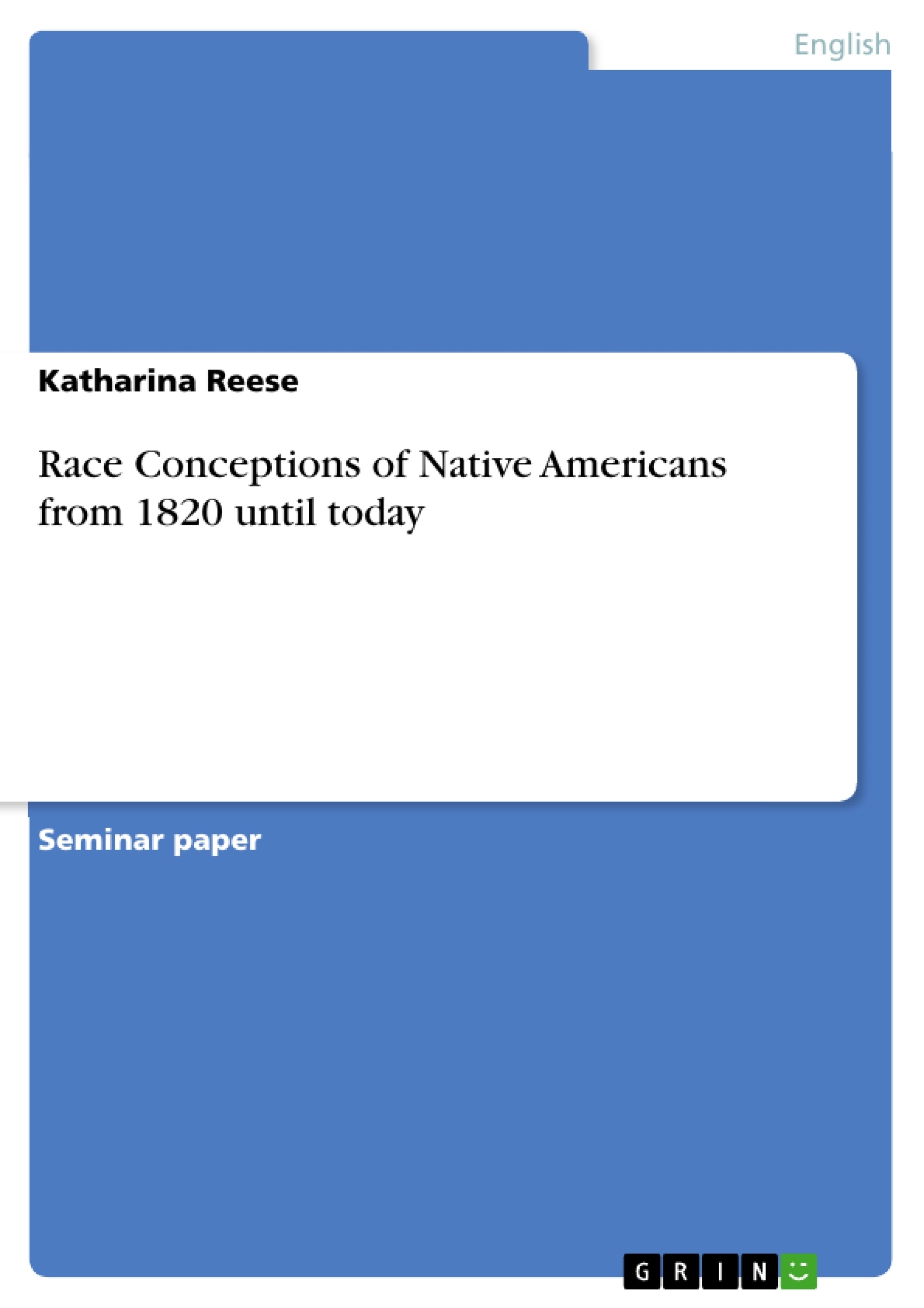Exactly 400 years ago, English settlers founded the first settlement called Jamestown near the Chesapeake Bay in the state that today is Virginia. The following four-hundred years were filled with battles for land, struggles for independence and the building of the myth of a new, promised land that held life, liberty and the pursuit of happiness for everybody.
Many books have concerned themselves with the history of the United States of America, painting a glorious picture of a country which emerged to become one of the world's leading countries in less than 200 years after its foundation in 1789, when the first 13 states formed the United States of America.
Historians work on writing books about great wars like the Civil War, about the great authors and artists that this so called 'New-Republic' produced, about the ups and downs in the economy and the promise of that new 'Virgin Land' which had been given to the Europeans to form a new, better country in which all men are considered equal and possess the same inalienable rights on life, liberty and the pursuit of happiness.
Those books report about the flawed system of the American South, which was based on slavery and therefore on depriving a certain group of humans of just those promised rights. And they report about how the slaves were freed and integrated into the society over a century. They are mentioned as an integral part of this wonderful new country, which, after the civil War ended, managed to unify again into one, becoming today's world's most powerful country.
Undoubtedly, minority problems are mentioned, there are the Jews, the Chinese-Americans, the Hispanics and all the other immigrant groups, which are constantly being discussed in the politics, the media, even at school. Programs are started, bilingual schools are offered and other efforts are made to include those people into the melting pot of infinite possibilities.
But one race, that one which possesses the oldest rights to that land, because they have been there for centuries before the Europeans had even head or dreamed of this so-called 'New World', has constantly been ignored throughout history – the Native American people.
Inhaltsverzeichnis (Table of Contents)
- Introduction
- A general outline of the history and race conception of Native Americans until 1820
- The Importance of Understanding Tribal Diversity
- The Early Years of Colonization
- Settler-Indian Relations and the Concept of Land Ownership
- A New Policy – The Time from 1820 – 1860
- Comparison and Conclusion
- Appendix - Ralph Waldo Emerson, Letter to the Government
Zielsetzung und Themenschwerpunkte (Objectives and Key Themes)
This paper aims to examine the historical perception of Native Americans in the United States from 1607 to the present day. It delves into the transformation of these views over time, exploring whether racial or political motivations drove the constant repression of Native American tribes and culture. The paper focuses specifically on the period between 1820 and 1860, marking a significant shift in policy toward repression and the relocation of Native American tribes to reservations. The conclusion offers a comparative analysis of Native Americans and African Americans, attempting to explain the unfolding of historical events.
- The evolving conception of Native Americans in the United States
- The role of racial and political factors in the repression of Native American tribes
- The significance of the period between 1820 and 1860 for Native American policy
- A comparison between the experiences of Native Americans and African Americans
- The persistent exclusion of Native Americans from the American Dream
Zusammenfassung der Kapitel (Chapter Summaries)
- Introduction: This chapter introduces the central question of the paper: how did the view of Native Americans in the United States evolve over time, and what factors contributed to their continued repression? It highlights the discrepancy between the promise of life, liberty, and the pursuit of happiness for all in the United States and the ongoing struggle for recognition and rights by Native Americans. The chapter also sets the stage for a closer examination of the period between 1820 and 1860, marked by a shift toward aggressive policies of repression and relocation.
- A general outline of the history and race conception of Native Americans until 1820: This chapter explores the initial perception of Native Americans during the early years of colonization. It emphasizes the importance of understanding the diverse tribal cultures and traditions that existed before European arrival. It also examines early interactions between settlers and Native Americans, including alliances, trade partnerships, and the complexities of land ownership.
Schlüsselwörter (Keywords)
This paper focuses on the historical perception of Native Americans in the United States, analyzing the evolution of racial conceptions and the role of politics in shaping their experiences. Key themes include tribal diversity, settler-Indian relations, the concept of land ownership, policies of repression and relocation, and a comparative analysis of Native Americans and African Americans.
- Citation du texte
- Katharina Reese (Auteur), 2007, Race Conceptions of Native Americans from 1820 until today, Munich, GRIN Verlag, https://www.grin.com/document/163260



